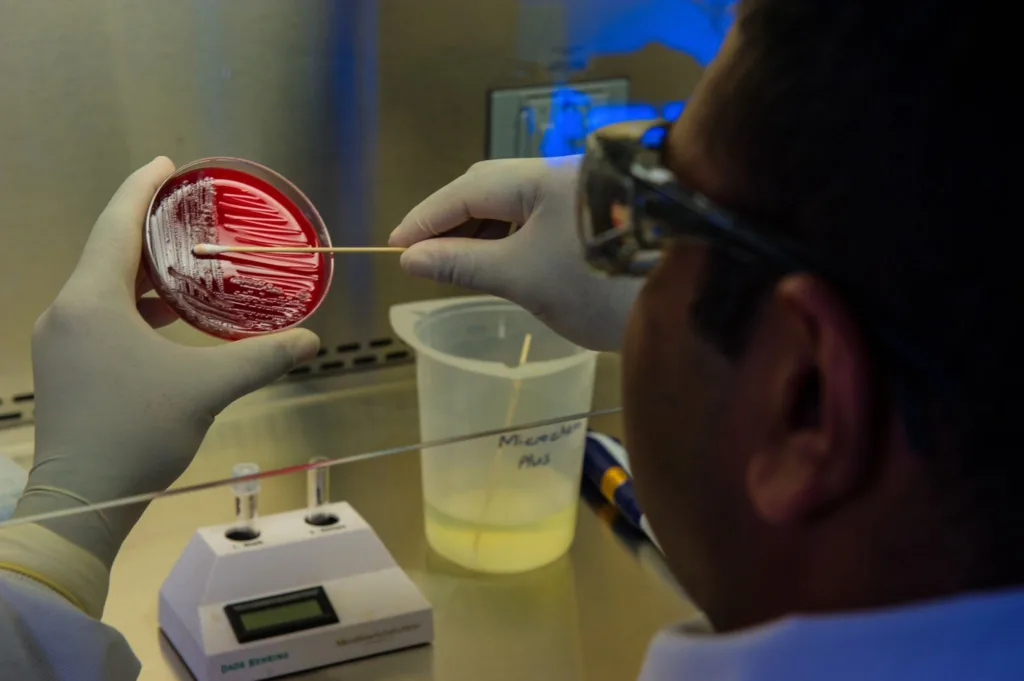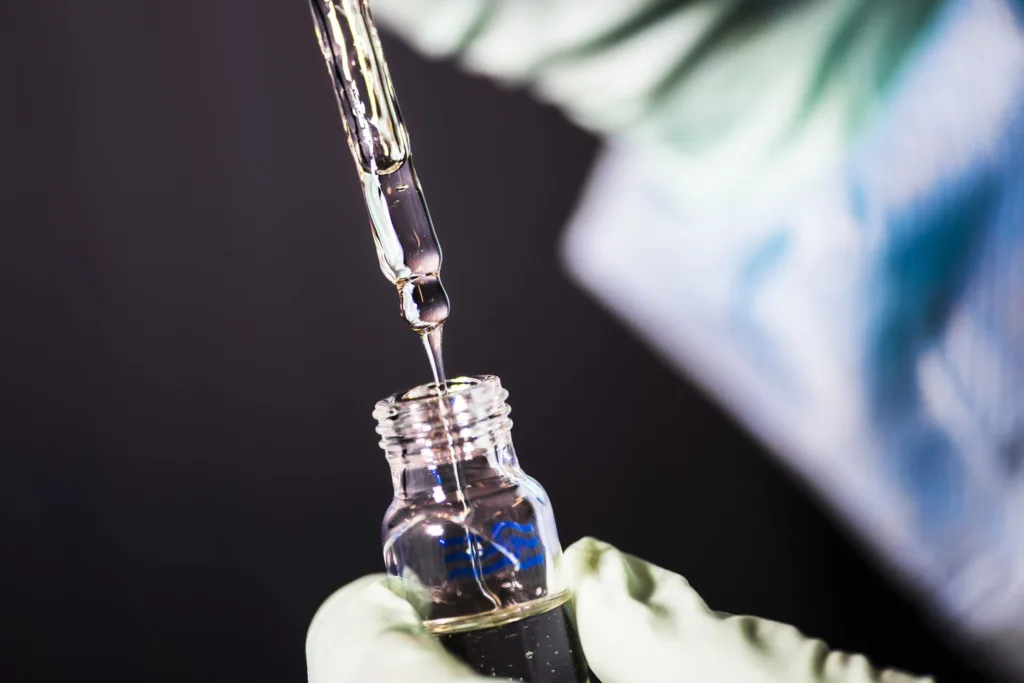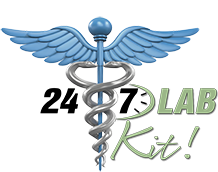
It’s no secret that women face an array of health issues. From heart disease and regular menstrual cramps to UTIs, bladder infections, and bacterial vaginosis–many gender-related problems can arise. And sadly, many of them present similar symptoms, making it difficult to determine what the actual problem might be.
BetterHealth explains that 1 in 2 women will get a UTI in their lifetime, making it one of the most common afflictions in women. In this blog, we’ll discuss the difference between urinary tract infections and bacterial vaginosis, as well as what treatment looks like for each. Continue reading to learn more.
What is a Urinary Tract Infection?
While men and women are both capable of getting UTIs, they are far more common in women. But what is a urinary tract infection, anyway? According to Mayo Clinic, a urinary tract infection is an infection within any part of the urinary system, including the kidneys, ureters, bladder, and urethra. More often than not, these infections involve the bladder and urethra. When a UTI is left untreated, it can cause issues in the kidneys, causing pain and irritation.
UTI Symptoms
- A strong, lingering urge to urinate
- A burning sensation during urination
- Frequent urination
- Cloudy urine
- Urine that looks red, bright pink, or brown
- Strong-smelling urine
- Pelvic pain
Should you discover that you have a UTI, urinary tract infection treatment is simple, consisting of short-term antibiotics.
What is Bacterial Vaginosis?

The Centers for Disease Control and Prevention explains bacterial vaginosis as a condition that occurs as a result of there being too many bacteria present within the vagina. Ultimately, this alters the normal balance of bacteria in the vagina, causing an infection.
Bacterial Vaginosis Symptoms
- Thin white or gray vaginal discharge
- Vaginal pain, itching, or burning
- Strong fishy odors coming from the vagina–especially after sex
- Burning during urination
- Itching on the outside of the vagina
Like UTIs, BV treatment is simple although a bit more involved. It consists of antibiotic tablets and/or gels and creams.
What’s the Difference Between a UTI and Bacterial Vaginosis?
As you can see, these two infections have several similar symptoms. In turn, it can be understandably difficult for women to tell the difference. That’s why a trip to the doctor is an absolute must if you suspect you have such an infection. To help you understand the difference between these two infections, the simple explanation is as follows, according to ABC Law Centers; While a urinary tract infection is an infection of the urinary system, bacterial vaginosis is an infection of the vagina as a result of an imbalance in the naturally-occurring flora.

These Problems Can Become Recurrent without Proper Treatment
Much like several STDs/STIs, both urinary tract infections and bacterial vaginosis can become recurring issues when they aren’t treated accordingly. Because while BV can sometimes go away on its own, untreated infections can result in several more serious health issues. For example, untreated bacterial vaginosis can increase your risk for STDs, pelvic inflammatory disease, and early labor in pregnant women.
Likewise, if you don’t treat a UTI, the infection can spread throughout the body, eventually becoming more serious and even life-threatening. And once it turns into a kidney infection, the sufferer is at risk for much more serious infections. If you suspect you might have a UTI, it’s ideal that you seek treatment in under a week to avoid the aforementioned issues.
Should you discover that you have one of these infections, there are several things to avoid as they can make you less comfortable during treatment. These include:
- Spicy foods as they can increase your pain and irritate the bladder.
- Foods that dehydrate the body, such as alcohol, caffeine, and highly-processed foods.
- Food that contains mold, such as peanuts, bleu cheese, grapes, and mushrooms because it can introduce bad bacteria and yeasts to your digestive system, according to Just for Tummies.
Trust 247Labkit with All Your Testing Needs

Just as UTIs and bacterial vaginosis infections are similar, several STDs also present akin symptoms. If you’re experiencing symptoms such as vaginal itching or pain, irritation, a rash, or burning during urination, it’s time to get tested. Luckily, 247Labkit offers convenient, 100% at-home testing kits for quick, discrete results you can trust. Browse our selection today to get started. And remember to check out our blogs for more health and wellness tips!




Comments are closed